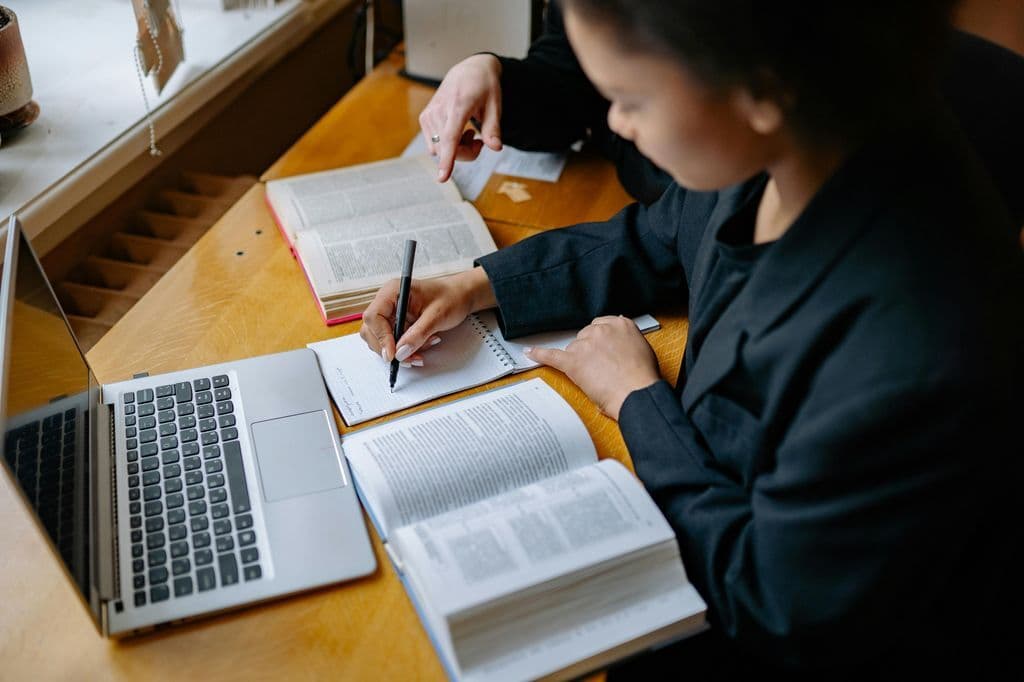Blog
Learning Materials
How to Paraphrase with Citation: Essential Tips
Updated: August 15, 2024

Ever felt tangled in the web of words while trying to paraphrase effectively? Accurately paraphrasing without losing the original meaning or falling into the plagiarism trap can be quite challenging. When paraphrasing, always cite the original source using either narrative or parenthetical citation formats in APA style, and consider including specific page or paragraph numbers to help readers locate the information. This blog post will guide you through the nuances of paraphrasing and citation, offering practical tips, contrasting correct and incorrect methods, and providing strategies to maintain academic integrity and originality in your writing.
Generate essays with Samwell.ai
Whether you’re a publisher, professor, journalist, or student, let us tailor a plan just for you.100% Accurate Citation from Academic Libraries
Upload PDF sources
Bypass AI detection with Semihuman
Plagiarism Free
Most Read Articles

May 22, 2024
Your Guide to Help Writing a Essay Successfully
Expert tips for help writing a essay - from crafting a thesis to structuring your essay effectively.
Read more

May 1, 2024
How to Write Critical Thinking Essay: Expert Tips
Expert tips for writing a critical thinking essay. Learn how to structure, choose topics, and use evidence effectively.'
Read more

Jan 25, 2024
How to Write a Good Hook: A Step-by-Step Guide
Master the art of crafting a good hook with our guide. Create compelling openers for a memorable first impression.
Read more

Jan 8, 2024
Ultimate Guide to Writing Tips: Enhance Your Skills Today
Discover a variety of writing tips in our ultimate guide to elevate your skills today!
Read more
Start Writing Your Free Essay!
Undetectable AI content
In-text citations
Upload PDF sources
Authentic Sources
Plagiarism checker
Video References